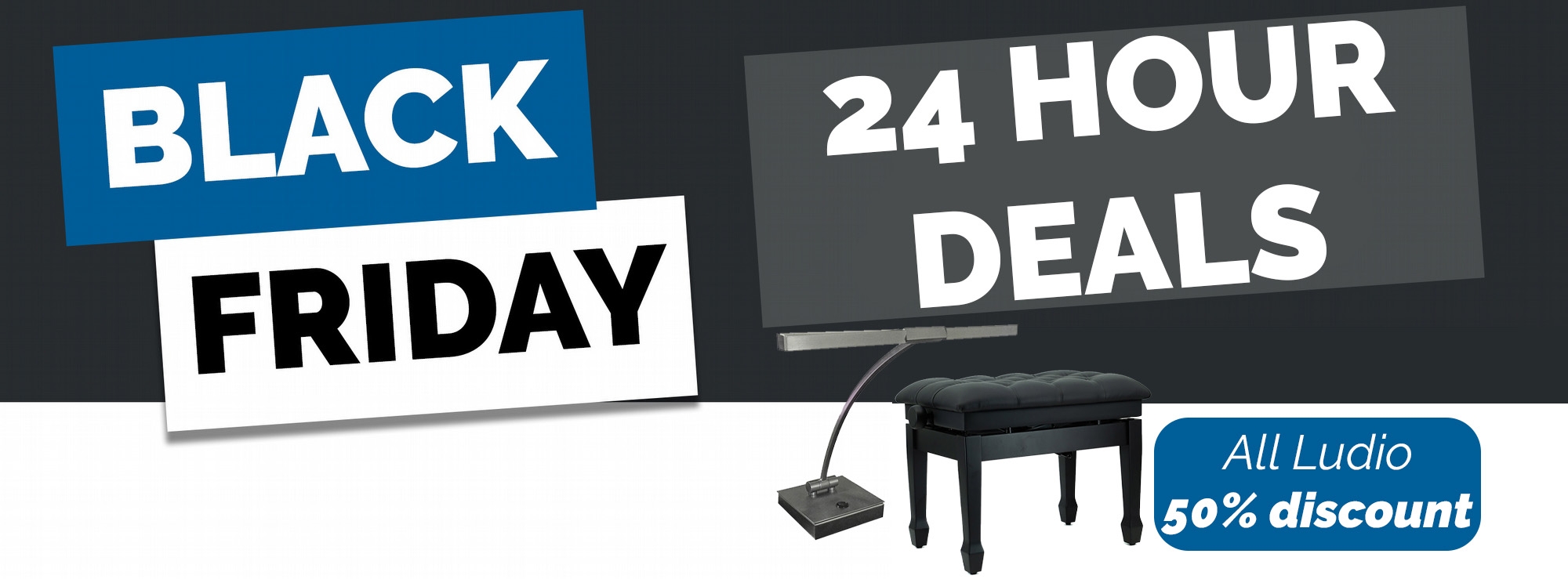Reverb Pedal
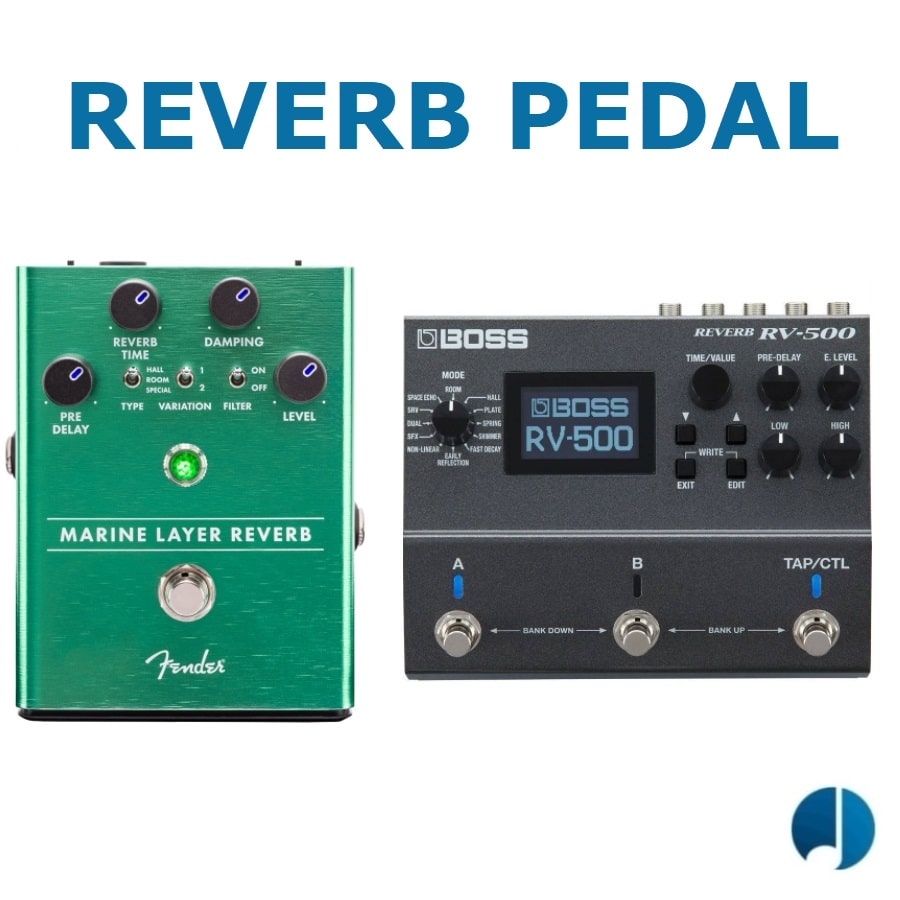
Guitar effects are important for every electric guitarist, certain effects are even indispensable, like reverb. Reverb is a really popular effect which is used in nearly every song and solo. However, reverb can be complicated, because it might be hard to understand exactly what reverb is and how it can be used. This article will explain what reverb is, how it works, how it can be used, the differences between reverb and similar effects, the differences between reverb pedals, and with what effects reverb can be combined. With this article, it will hopefully be easier for you to make a decision between the different reverb pedals!
What is reverb?
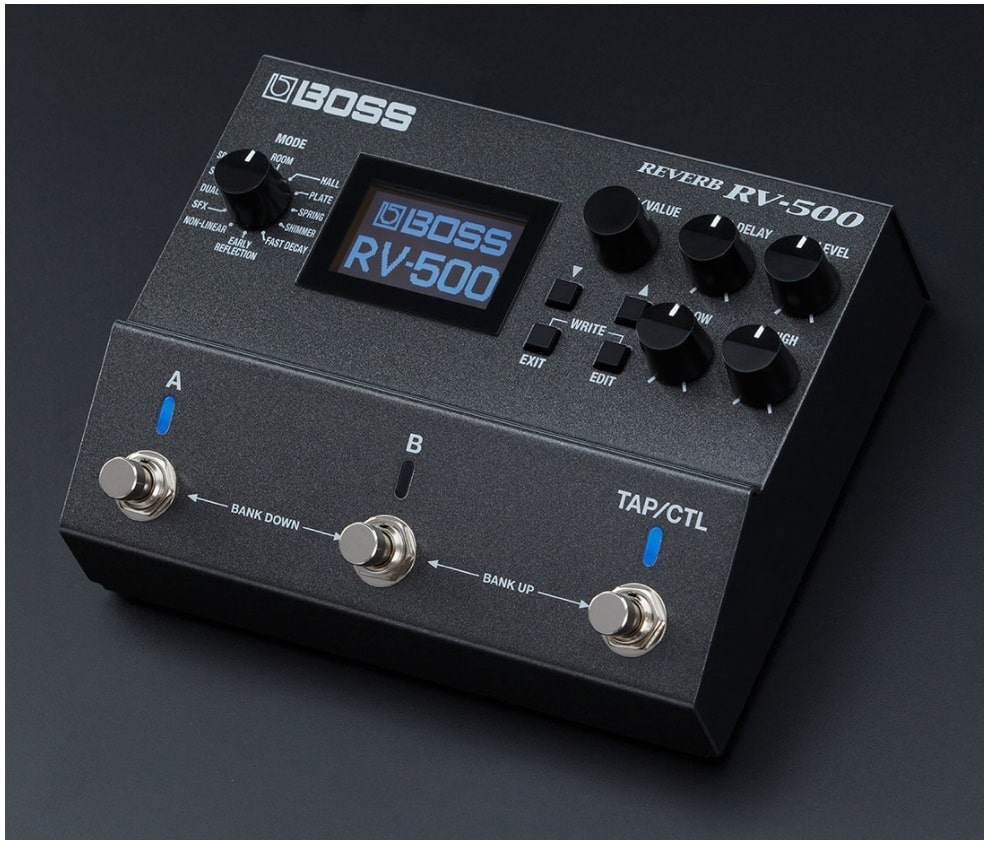 Reverb is an abbreviation for reverberation, which also means resonance. Reverb adds acoustics to your sound. Reverb pedals repeat your sound multiple times, but not like an echo. Reverb is more a reflection of the sound than an echo. This means your sound will artificially reflect against walls and objects. Of course, this also happens naturally, but most guitarists do not play in rooms with specifically great acoustics. Reverb adds this missing resonance. Subsequently, it is also possible to record songs with this beautiful resonance in a small studio. Reverb can add different types of reflections to your sound, from really clear and simple reverb to a really heavy reverb. Reverb is a resonance, which means it adds ambiance, not an echo. If you want an echo, you need a delay pedal. The difference between the two is also in the ending of the sound. If you mute the strings, reverb will also mute, but delay will continue. Chorus is similar, but also different from reverb. Chorus also adds acoustics, but these acoustics also have a slight detuned harmony, while reverb only adds resonance to your tone. These three effects are thus similar, but there are important differences.
Reverb is an abbreviation for reverberation, which also means resonance. Reverb adds acoustics to your sound. Reverb pedals repeat your sound multiple times, but not like an echo. Reverb is more a reflection of the sound than an echo. This means your sound will artificially reflect against walls and objects. Of course, this also happens naturally, but most guitarists do not play in rooms with specifically great acoustics. Reverb adds this missing resonance. Subsequently, it is also possible to record songs with this beautiful resonance in a small studio. Reverb can add different types of reflections to your sound, from really clear and simple reverb to a really heavy reverb. Reverb is a resonance, which means it adds ambiance, not an echo. If you want an echo, you need a delay pedal. The difference between the two is also in the ending of the sound. If you mute the strings, reverb will also mute, but delay will continue. Chorus is similar, but also different from reverb. Chorus also adds acoustics, but these acoustics also have a slight detuned harmony, while reverb only adds resonance to your tone. These three effects are thus similar, but there are important differences.
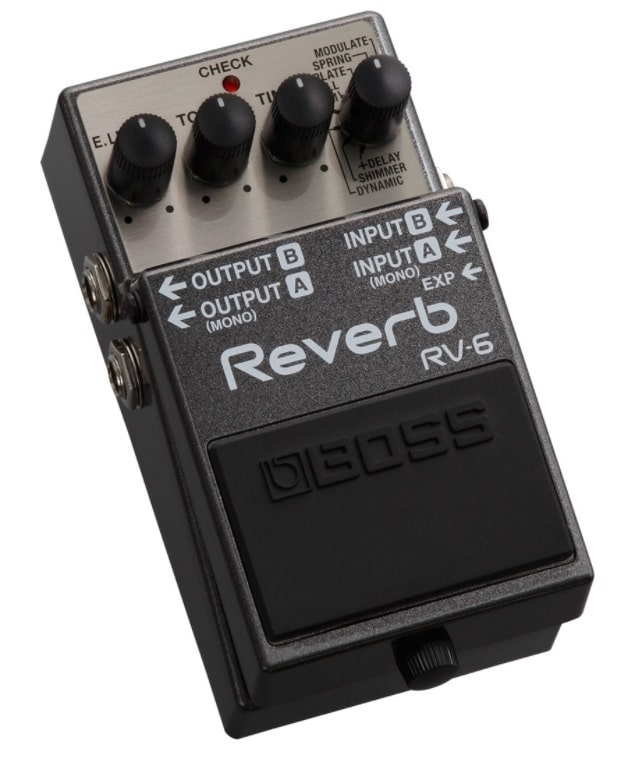
The selection of reverb pedals
Firstly, it is good to decide your budget. Effect pedals can differ quite significantly in price. Especially reverb pedals tend to not be very affordable. This is also due to the fact that reverb isn’t the easiest effect to create. Nevertheless, there are affordable pedals, like the Stagg Blax BX-REVERB, but also more professional pedals, like the Boss RV-500. Secondly, it is good to know what kind of reverb you want. There are many different types of reverb, because there are many different types of acoustics. The spring reverb is one of the most popular reverb types. It’s based on the original reverb which has a simple but authentic sound. Hall reverb is also very common. Hall reverb is a very deep and heavy reverb, which makes it sound like you are playing in an enormous and empty room, meaning hall reverb sounds grander than spring reverb. The Fender Marine Layer is a very popular hall reverb pedal. Shimmer reverb is also quite popular. Shimmer reverb is sounds a bit more alternative, and adds more ambiance than acoustics. It adds more space to your sound than resonance. This means your melody might also sound a little less clear. There are of course other types of reverb, but these are the three most popular reverbs. Lastly, it is advisable to keep your playing style in mind. Certain types of reverb fit better with certain genres of music. For example, spring reverb is very popular with blues guitarists, because it’s simple, authentic, but powerful. Shimmer reverb is of course more popular with alternative genres, like folk pop and progressive rock. Hall reverb is a little more widely used, because it adds amazing depth to your sound. Most guitar solos are also recorded with some type of hall reverb. Of course you are not limited to these rules. If you play blues music but love hall reverb, you can very much combine the two. There are also pedals who offer multiple types of reverb, like the Boss RV-6, which makes it easy to switch between different types of reverb. There are also pedals which combine reverb with other effects, like the Fender Reflecting Pool, which combines reverb and delay.
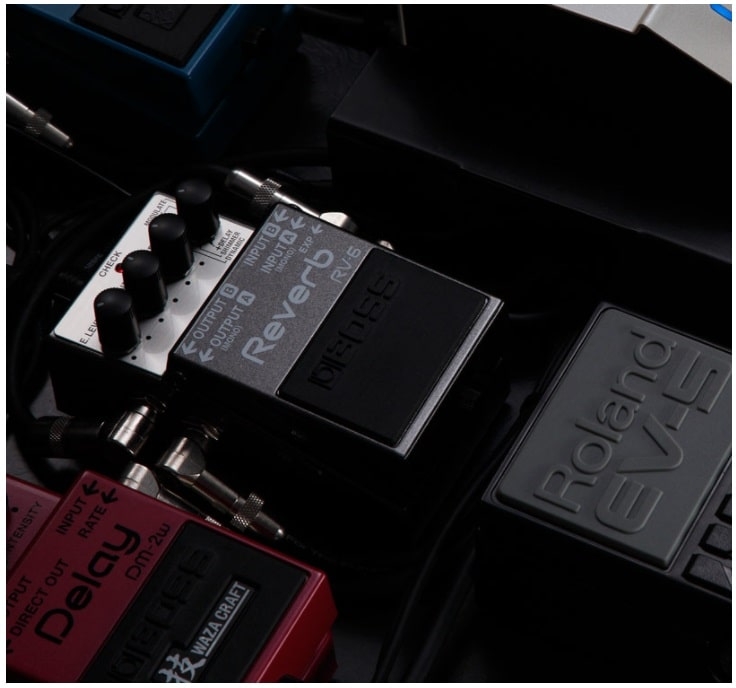
Which effects can you combine with reverb?
Reverb is considered to be one of the basics, which means it can be combined with nearly all effects. There are of course certain combinations that are more popular. Firstly, reverb can of course be combined with chorus and/or delay. Like we explained earlier, reverb, chorus, and delay are quite similar, which means they complement each other fantastically. There are also pedals which combine these effects. If you want more ambiance or depth to your sound, you can always invest in a double pedal or an additional chorus or delay. Chorus will add more harmony to your reverb, while delay adds more echo. Furthermore, reverb is often combined with distortion and/or overdrive. These overdriven effects will give make your sound grittier and more interesting, but it does lack the depth reverb will add. Reverb, combined with a distortion/overdrive pedal, will make your sound more realistic and imperfect, which will add depth and emotion.
What next?
Now it’s up to you to choose a reverb pedal. Hopefully this article will guide you in your decision making. The most important factors to keep in mind are your budget, your playing style, and what type of reverb you prefer. Reverb is an amazing effect which most guitarists use. If you still have questions, you can always get in contact with us and we will help you personally!





.jpg)
